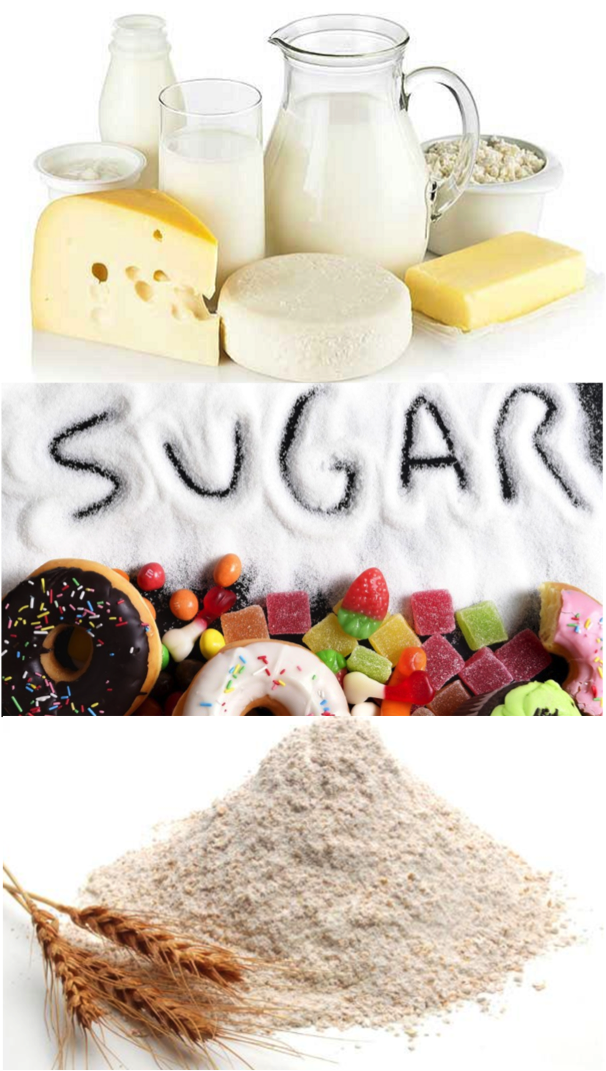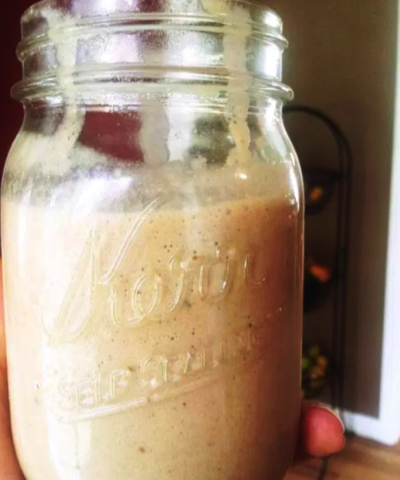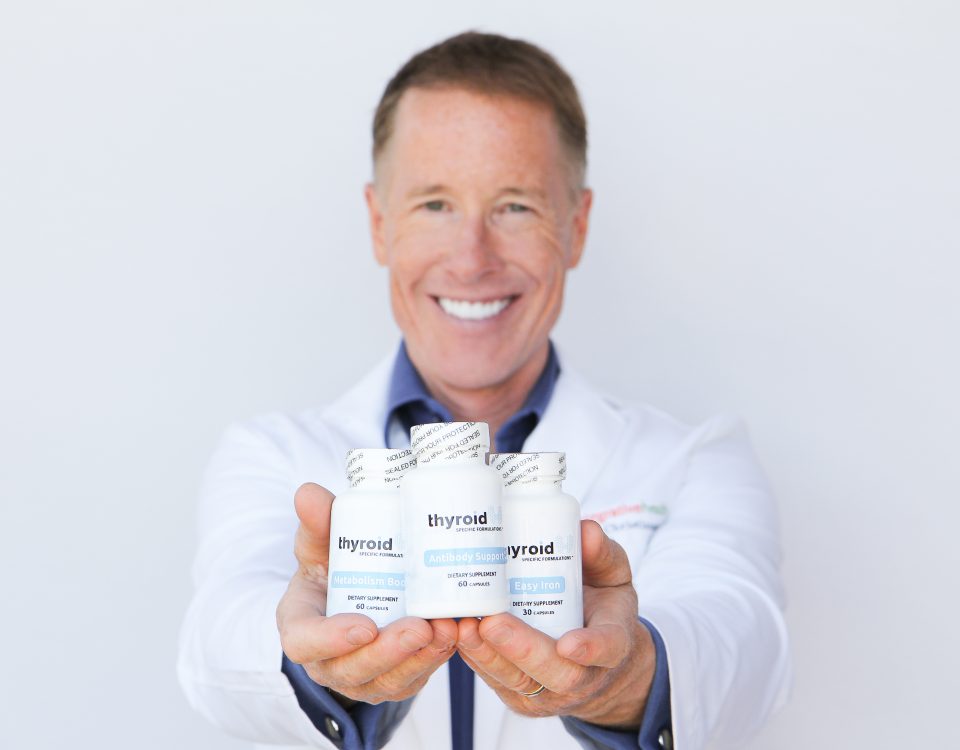TIP #2: STAY AWAY FROM FRUCTOSE
Fructose is a small molecule that is a part of table sugar. In the past, our main source of fructose was just fruit, which was never a problem. Fruit contains fiber that is physically bonded with the fructose. You don’t get that unique combination otherwise.
Fruit didn’t cause our fructose problems. We have so much fructose in high fructose corn syrup and sugars. These sugars are obvious in candies, cakes and cookies, but pay attention to your sauces and glazes, as well. (It’s often the hidden, sneaky sugars that get people who are health-conscious!) If you have packaged foods, read the ingredients. It will tell you how many grams of sugar are in the food. If it’s more than just a couple, stay away from it.
A good habit is, if the ingredient list is long, just avoid the product altogether. Choose foods that have only a few ingredients or those that don’t have ingredient lists, like produce, fresh meats and the like.
A great target for total sugar is 5 grams or less per meal.
Even though naturally-occurring fruit didn’t create the fructose-sensitivity problems we have, we now need to watch our intake of it. Stick with low-sugar fruits, and limit dried fruit and fruit juices.











